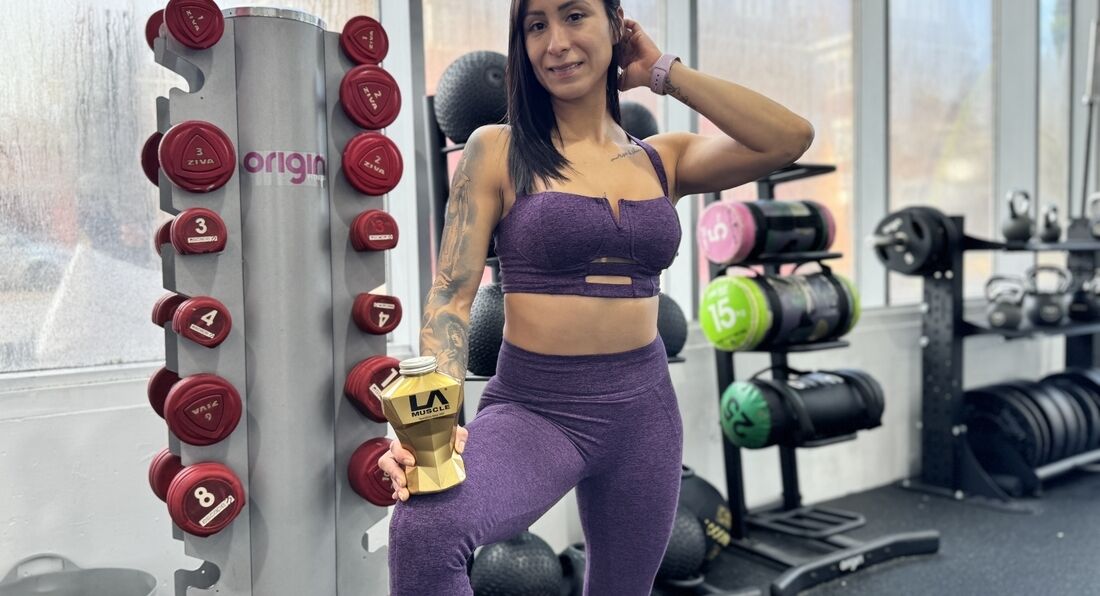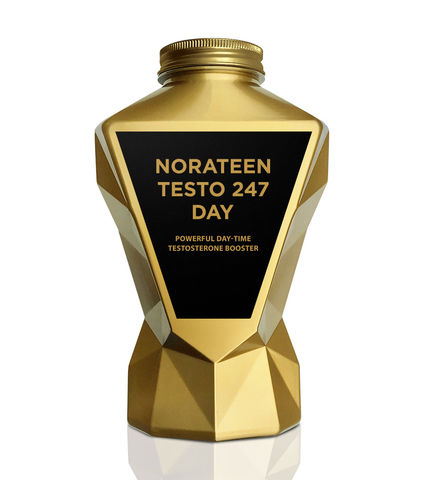The Knowledge > Better Health >
Friday, 5th May 2023
How Knee Sleeves And Lifting Belts Could Help You
Stay injury-free
By LA Muscle on 05.05.2023 11:26 am
The squat and deadlift are two of the most popular exercises in strength training and weightlifting. Both the squat and deadlift involve a great deal of muscle recruitment, power, and intensity, making them essential components of any strength training, or size focused routine. Compound movements like the squat recruit many smaller muscles to support the overall movement on top of the main muscles used to perform the exercise, and there is no more effective way to build overall strength than heavy compound lifts. While consistent heavy lifting performed correctly will be extremely beneficial to your overall strength, body composition, and even overall fitness, it is important to protect your body from the stresses of such intense movements, especially if you are performing them frequently. Knee sleeves and a lifting belt are two helpful, if not essential pieces of equipment that can help to protect your body from the strain of an intense routine.
Knee sleeves can become an essential piece of equipment for any serious lifter that incorporates regular compounds such as squatting, deadlifting, or both, into their routine. Knee sleeves help to provide stability to the knee joint, reducing the risk of injury and helping to improve the overall form of the lift. Knee sleeves help to provide extra warmth and compression, allowing for better blood flow and further supporting the knee joint. In terms of long-term safety, knee sleeves help to provide significant shock absorption, and cushioning, reducing initial, and gradual impact on the knee joint from performing heavy lifts. It is important to remember for everybody invested in training, that over time if you are squatting, pressing, or deadlifting heavy weight, there must be a certain toll on your joints.
The
lifting belt is another important piece of equipment when it comes to squat,
deadlift, and other compound lifting. A lifting belt helps to support the lower
back, reducing the risk of strain and injury, such as pulling a muscle in the lower
back when deadlifting. A good lifting belt helps to increase intra-abdominal
pressure, improving the overall form and stability of the lift, significantly
reducing the risk of dangerous form issues such as bending forward whilst
squatting. The extra support provided by a lifting belt can help to improve
performance throughout a lift, allowing for heavier weight to be lifted with
good form, making overall strength gains more efficient over time.
Wearing
a belt, like wearing knee sleeves, will often make a heavier load feel less
significant from the outset, as both belts and sleeves increase stability in
situations such as un-racking a heavy weight before performing a squat, and
holding that heavy weight on your back. Being stable and confident before
performing a big lift, and not being put off or ‘scared’ by the feeling of holding
a heavy weight, is a huge factor both mentally and physically with any compound
lift.
It is indeed possible to consistently exercise safely without lifting
accessories, but it is always best to be safe and think about the long term
effects of lifting weights. Even the most cautious individuals that have been lifting
weights carefully for 10 years or more may very slowly develop nagging
discomfort in certain joints, which very gradually get worse and become a
consistent issue. Taking precautions with knee sleeves and a belt, for added
confidence, support and stability, could potentially increase longevity
considerably for the majority of people in the gym.
Staying healthy, avoiding injury, and performing to your best ability are absolutely key when it comes to getting the best results from your training. Wearing a lifting belt, knee sleeves, and even elbow sleeves or wrist wraps, could certainly help most people to increase their strength and lower injury risk over time. Perfecting form, recovering sufficiently, and not taking unnecessary risks are all important factors when trying to perform at your best and get the best results possible, for the longest possible time. Any equipment that can improve form, prevent injury, and help you lift more weight, will benefit those interested in strength and body composition training massively in the long term.





























